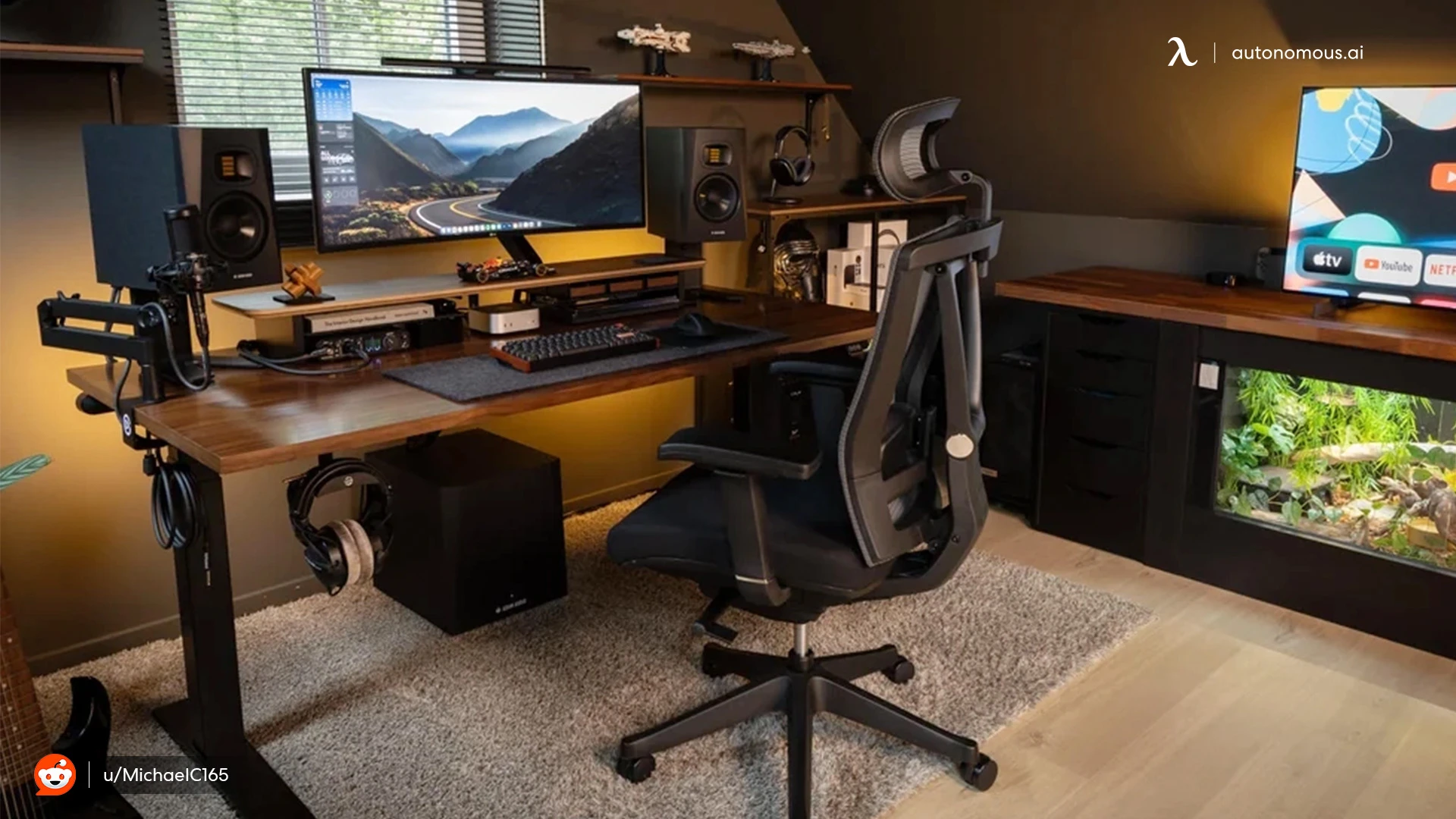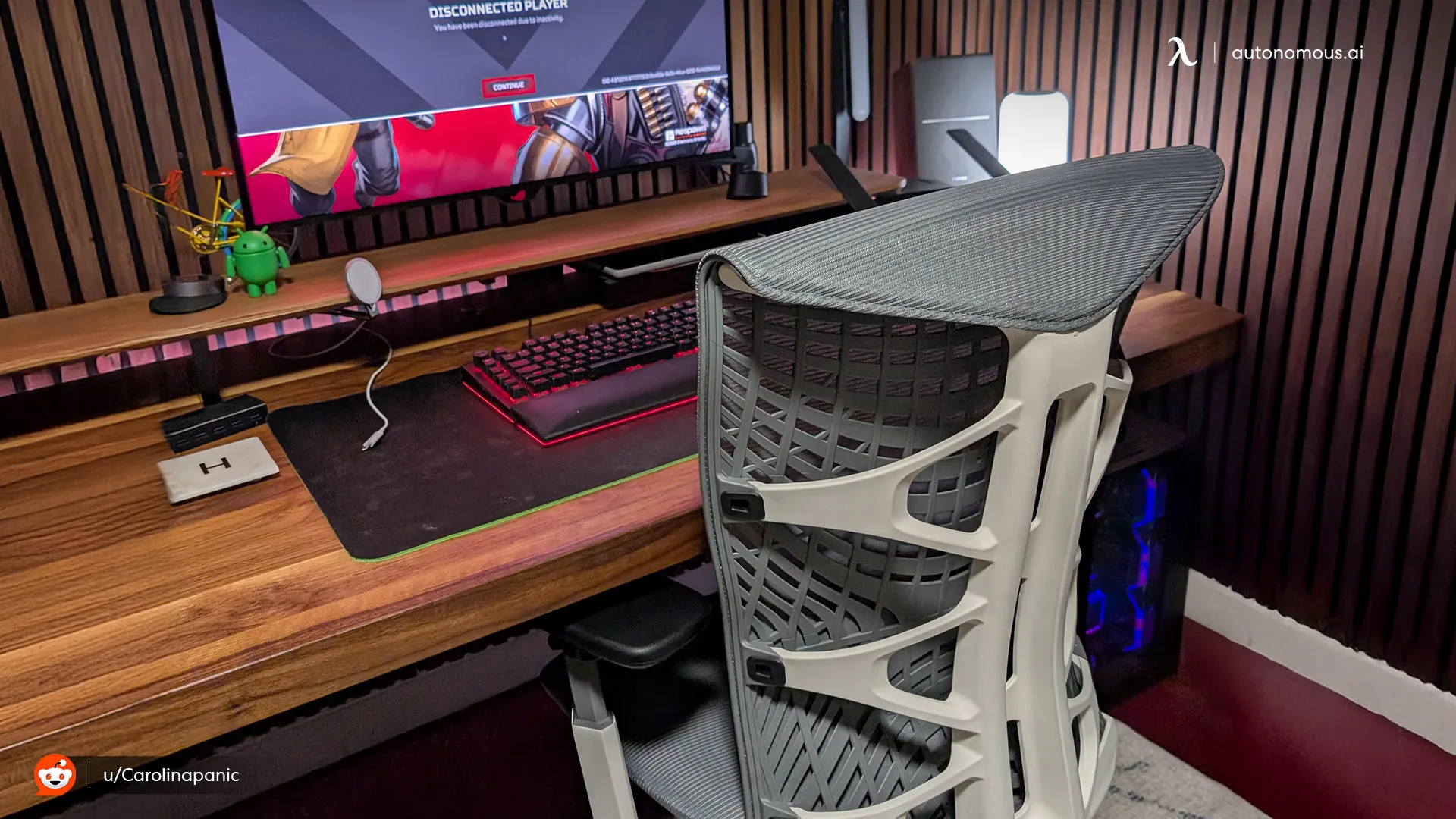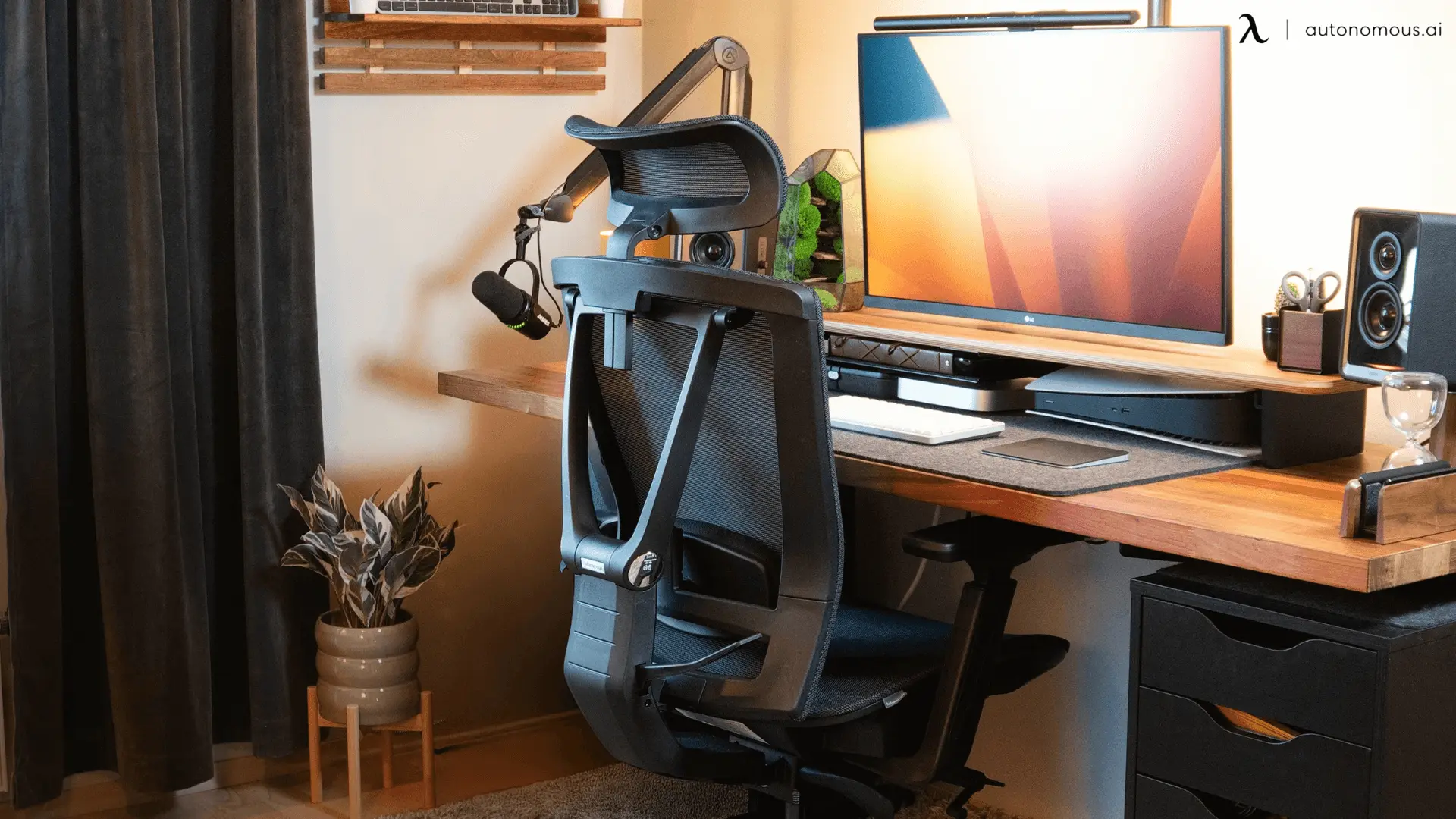
How Long Do Office Chairs Last? Signs & Tips To Know
Table of Contents
Ever wonder how long do office chairs last before they lose their comfort and support? The truth is, the lifespan of an office chair depends on its build quality, usage, and care. While some start showing wear in just a few years, others can stay reliable for nearly a decade.
Knowing what to expect not only helps you plan replacements but also ensures your workspace continues to support productivity and creativity every day.
How Long Do Office Chairs Last?
On average, most office chairs are designed to last around 7 to 8 years, but their actual lifespan depends heavily on quality and usage. A lightweight home office setup may see a chair last longer, while high-traffic corporate environments can shorten that timeline.
- Budget chairs ($100–$200):
The affordable office chairs are often made with basic materials and minimal adjustability. With daily use, they typically hold up for 1 to 3 years before comfort and support start to fade.
- Mid-range chairs ($300–$600):
Built with sturdier frames and better upholstery, these options usually last 5 to 7 years, offering a balance of cost and durability.
- Ergonomic chairs ($600+):
Expensive office chairs are crafted with long-term support in mind. With proper care, they can provide comfort and stability for 7 to 10+ years. Warranty length often mirrors these ranges, giving you a practical benchmark when considering how long your chair should realistically perform.
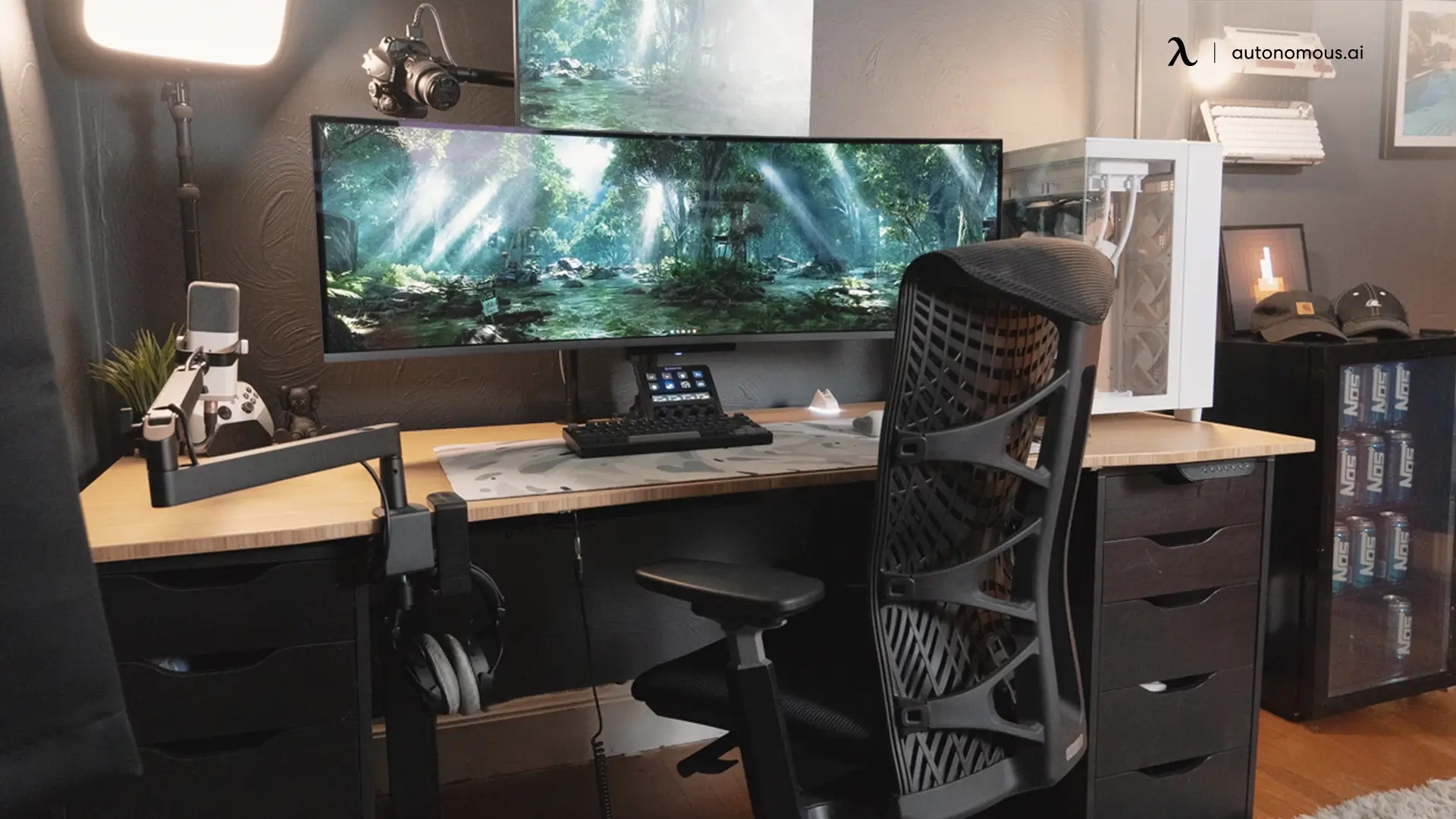
Factors That Affect How Long A Chair Lasts
Not all office chairs are designed with the same level of quality and functionality, and various essential factors determine the longevity and supportiveness of your chair:
- Material and Build Quality:
Chairs built with reinforced steel bases, high-density foam, or breathable mesh tend to hold their shape and support far longer than those using plastic frames or low-grade padding that compresses quickly.
Office chair upholstery also matters: leather may crack over time without care, while mesh can stretch if not tensioned properly.
- Frequency of Use:
An office chair in a bustling workplace that’s used by multiple people throughout the day will wear faster than one in a quiet home office. Hours of continuous sitting accelerate the breakdown of cushions and strain on moving parts.
- User Habits:
Chairs endure more stress when users recline heavily, rock constantly, or perch on the edges of seats. Even how you sit — whether upright or slouched — influences how evenly the pressure is distributed across the chair’s structure.
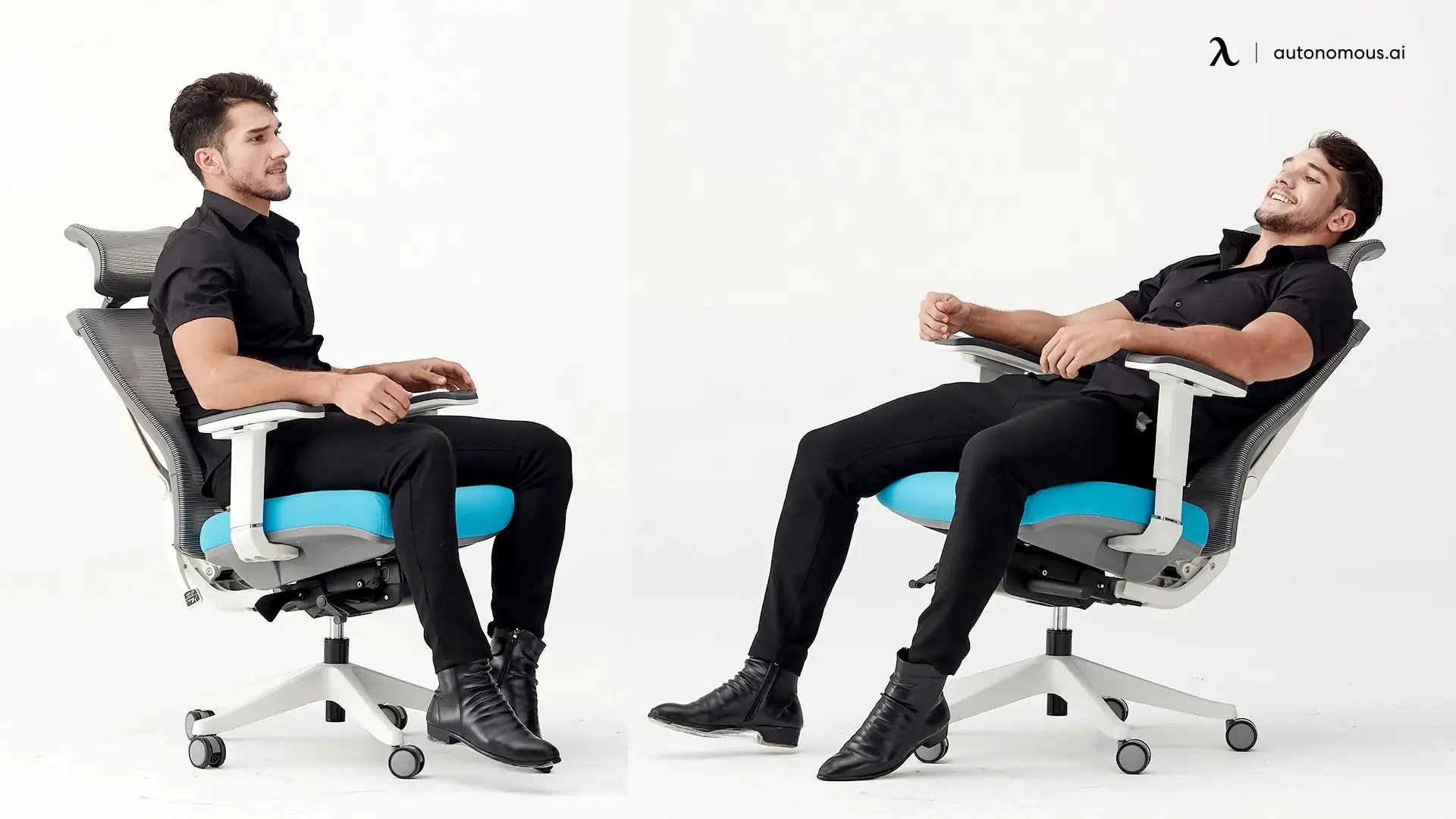
- Weight Capacity:
Every chair has a recommended weight capacity. Consistently exceeding that limit puts extra stress on the gas lift, casters, and joints, leading to early failure in these critical components.
- Maintenance:
Chairs that are cleaned regularly, lubricated at key joints, and checked for loose bolts maintain performance longer. Simple replacements — like swapping out worn casters or arm pads — can add years to their usability without requiring a full replacement.
When these factors align positively, a chair can comfortably serve you for nearly a decade. When ignored, even a new chair can start breaking down in just a few years.
Signs It’s Time to Replace Your Office Chair
Even the longest-lasting office chair will eventually show its age, and knowing the warning signs can save you from discomfort or reduced productivity
- Flattened or uneven seat cushion: When padding loses its shape, it can no longer provide proper support, leading to discomfort and poor posture.
- Wobbly base or unstable frame: A shaky foundation or persistent creaks indicate a weakened structure and reduced safety.
- Faulty movement: Casters that drag instead of gliding, or a gas lift that sinks unexpectedly, show the chair’s mechanisms are breaking down.
- Damaged armrests or upholstery: Cracked padding, peeling fabric, or frayed edges signal the chair has reached the end of its usable life.
- Recurring discomfort: Backaches, stiff shoulders, or hip pain after short sitting sessions suggest the chair isn’t providing the ergonomic support you need.
Recognizing these signs early allows you to replace your chair before it impacts both comfort and productivity.
After spotting the warning signs of wear, you might be wondering if replacement is your only option. In many cases, simple upkeep can add years of comfort and stability, helping you get the most out of your chair before investing in a new one.
How To Make Your Office Chair Last Longer
Even with the best build quality, every chair is subject to daily wear. The good news is, with the right care, you can push past the average lifespan and enjoy comfort for years beyond what’s typical.
Here are some effective ways to maximize the durability of your office chair:
1. Regular Cleaning for Longevity
Knowing how to clean your office chair properly is essential for extending its lifespan and ensuring it continues to provide the support you need.
Dust and dirt don’t just dull the appearance — they settle into fabric, mesh, and joints, accelerating breakdown. A monthly vacuum of cushions and a quick wipe with a damp cloth keep the office chair materials from wearing prematurely. For leather, a conditioner every few months prevents cracking.
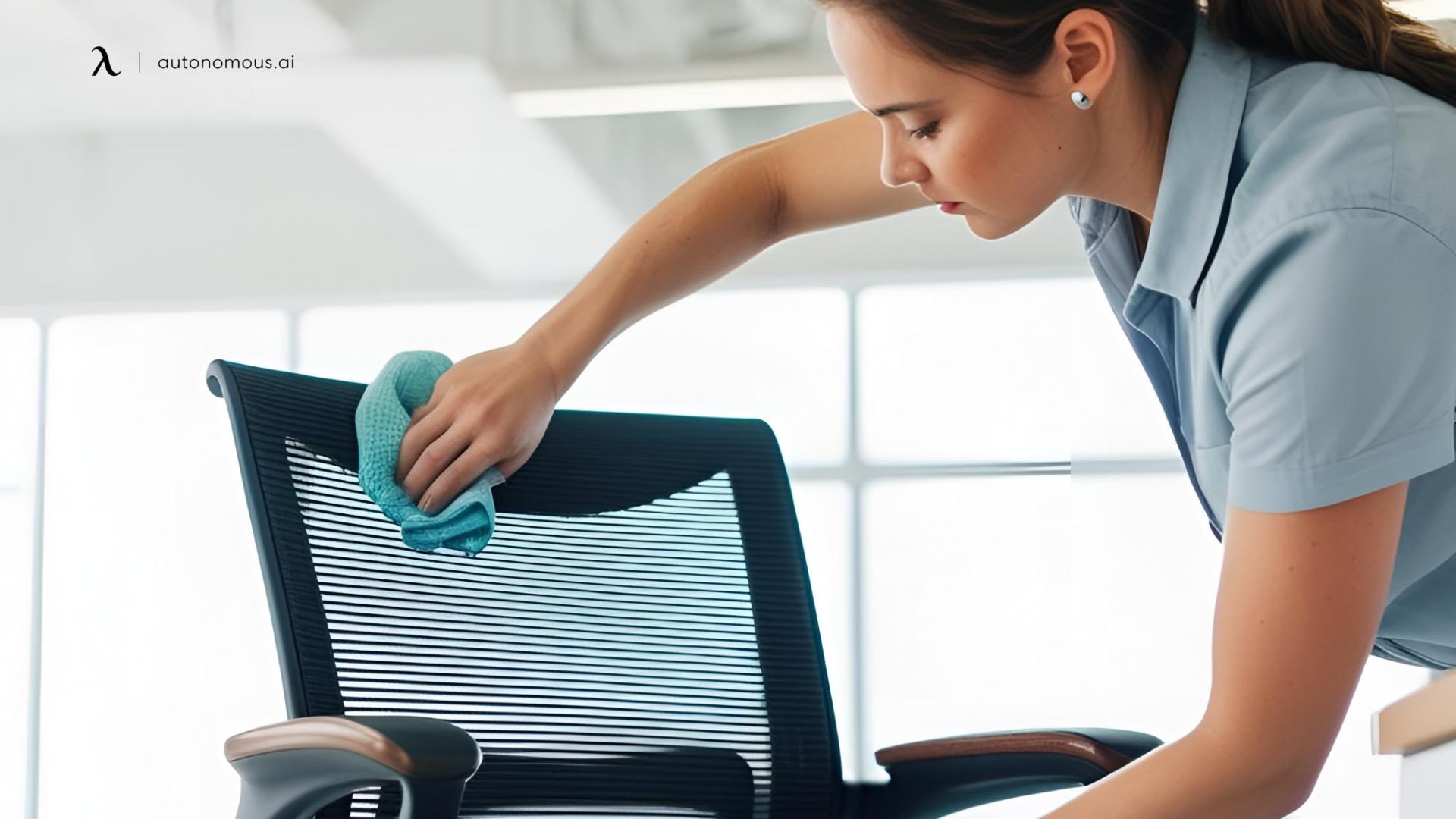
2. Check and Tighten Connections
Loose bolts and screws are more than an annoyance; they cause instability that strains the frame over time. A simple check every quarter helps preserve structural integrity and prevents small issues from becoming bigger problems.
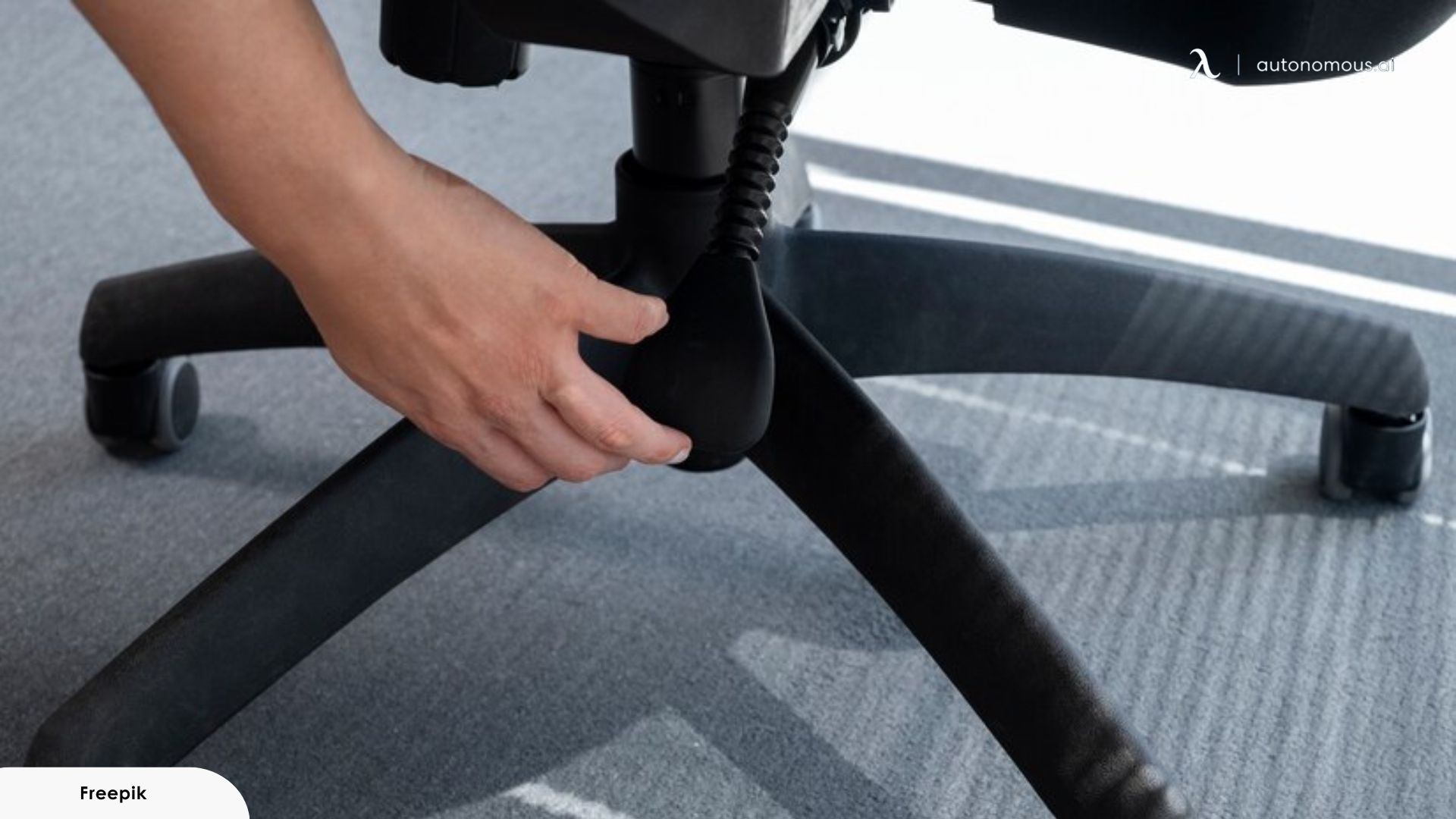
3. Protect the Moving Mechanisms
Gas lifts, tilt mechanisms, and recline functions work harder than you might think. A light spray of silicone-based lubricant ensures these adjustments operate smoothly and reduces friction that can cause early failure.
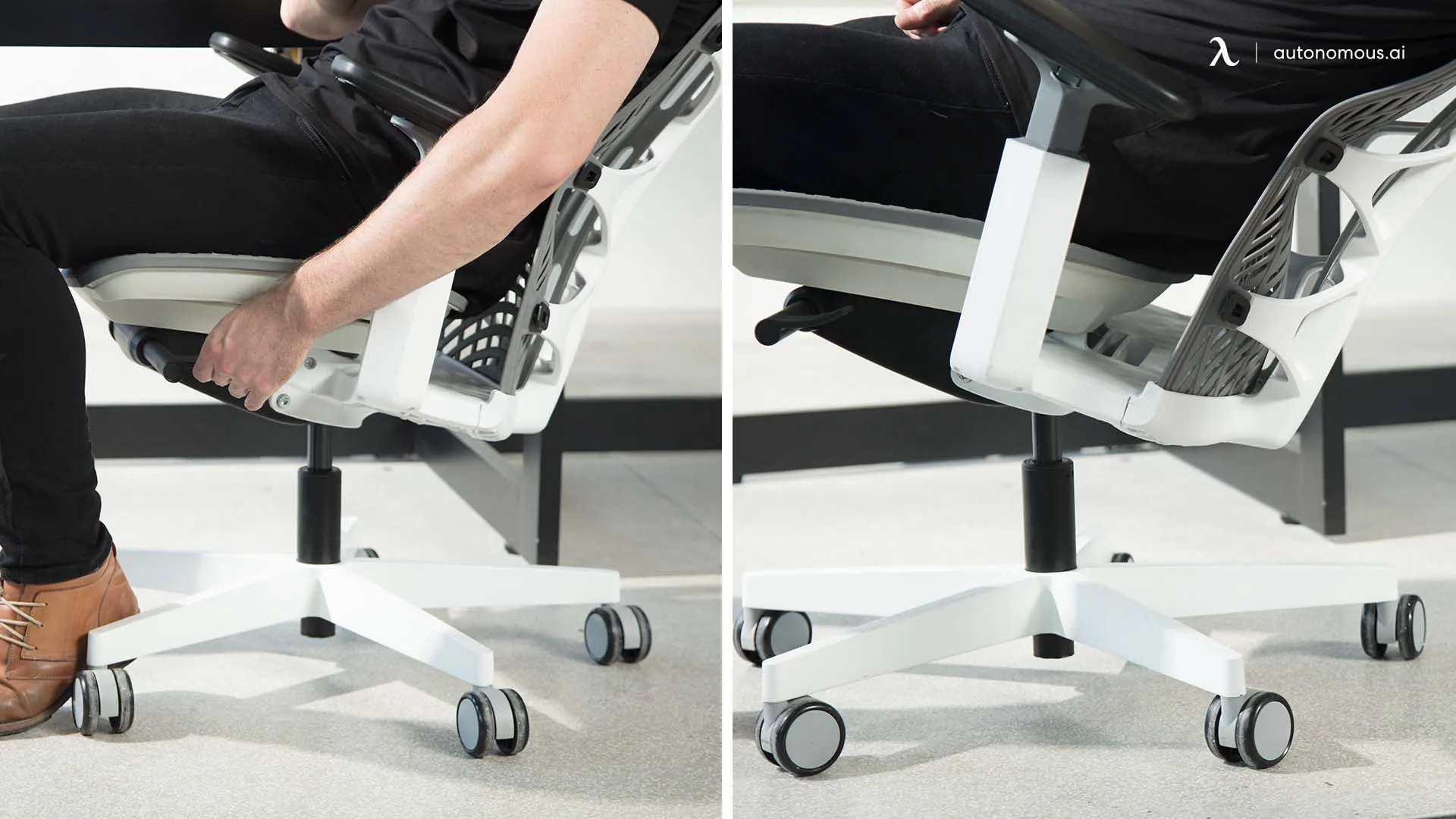
4. Swap Out Worn Parts Instead of the Whole Chair
Many chairs are designed with replaceable components like casters, arm pads, or even chair cylinders. Replacing these parts can restore performance at a fraction of the cost of buying new, and it keeps a functional chair in use for longer.
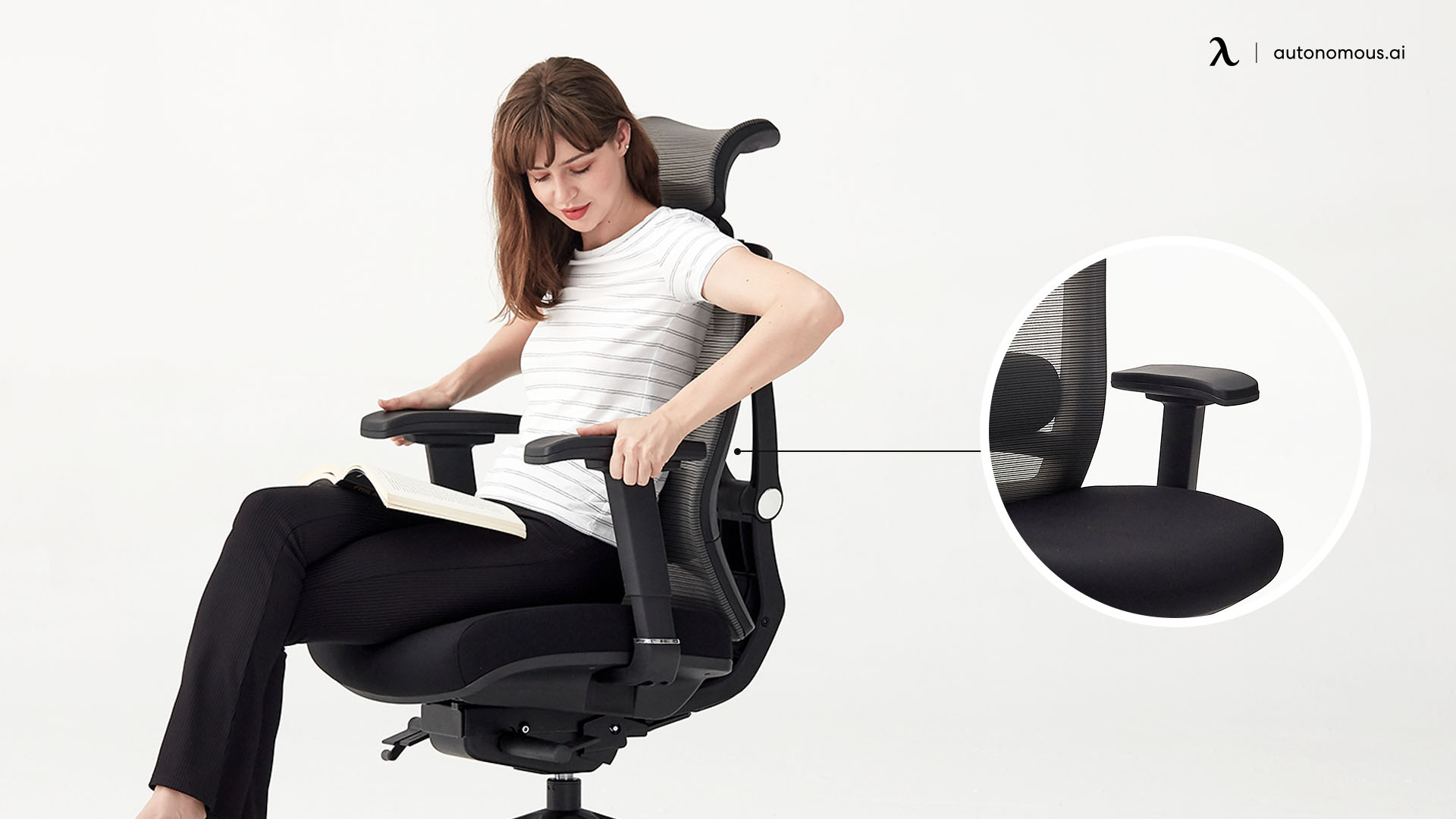
5. Use A Chair Mat Or Protective Surface
Hard floors and rough carpet both create resistance that wears down casters quickly. A desk chair mat provides a smoother roll, reducing stress on wheels while also protecting your flooring from scratches or indentations.
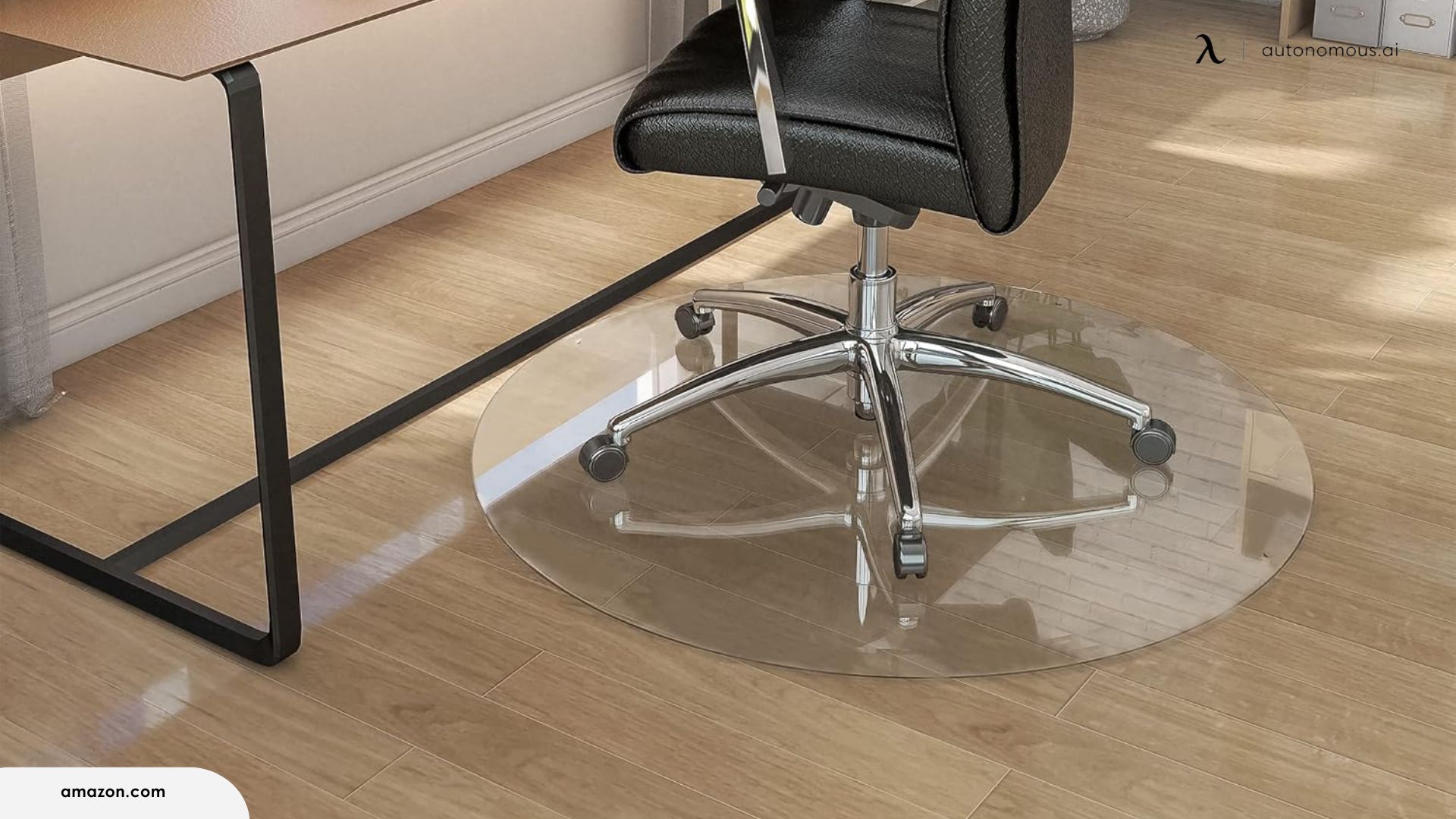
6. Practice Healthy Sitting Habits
How you use your chair matters as much as how it’s built. Slouching, leaning on one armrest, or sitting perched on the edge unevenly distributes weight, which compresses foam and strains the frame. Proper sitting posture and adjusting the office chair setting to your body not only supports your health but also prolongs the chair’s lifespan.
With consistent maintenance, even an everyday office chair can outlast its expected range and stay supportive for years longer than average.
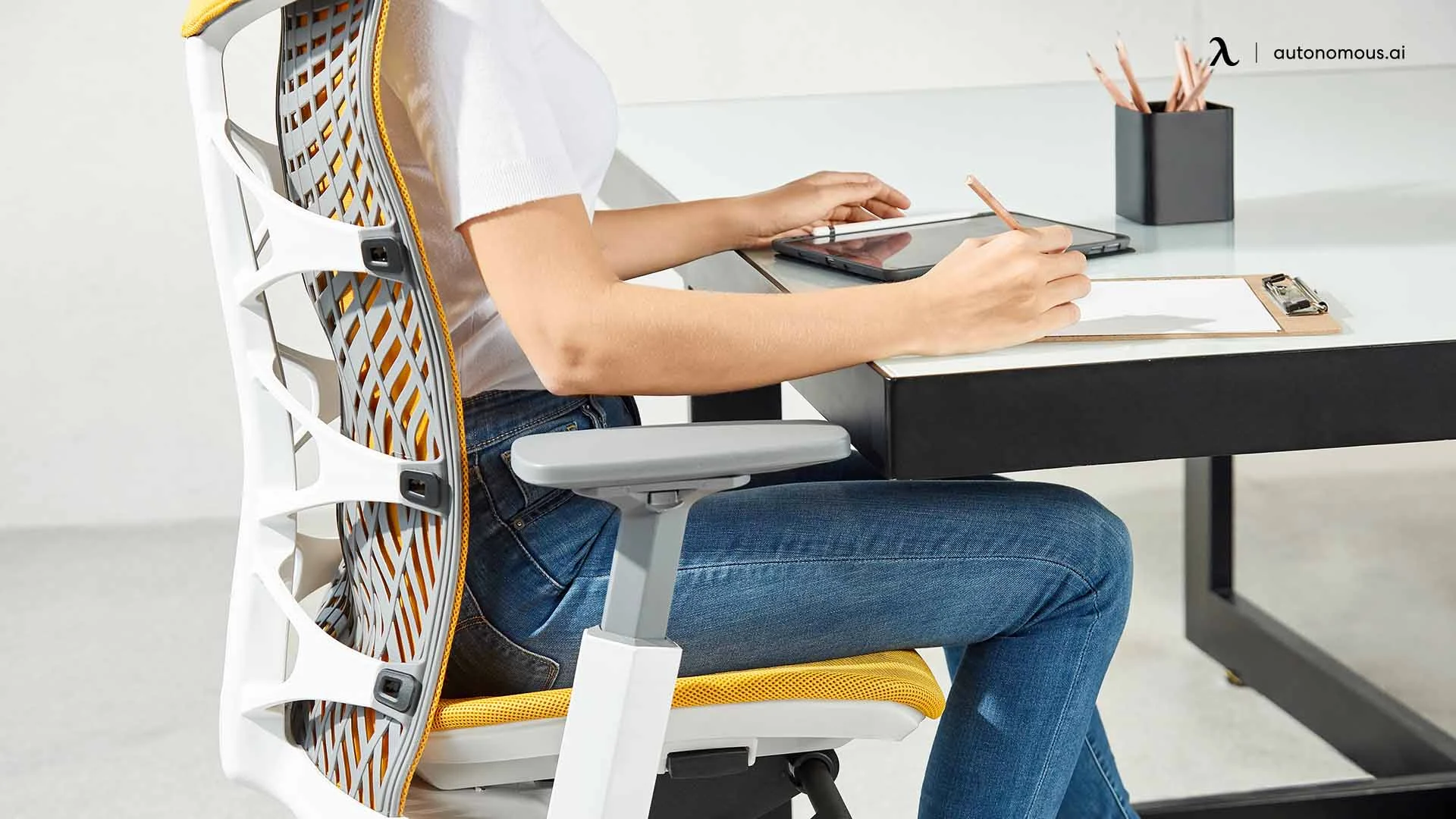
Long-Term Investment: Ergonomic Chairs vs. Cheap Office Chairs
When it comes to office chairs, the decision to buy cheap or ergonomic models often comes down to how long you plan to use them. Here's why ergonomic chairs are often the best long-term investment:
- Cheap Office Chairs:
The best office chairs under $200 are built for short-term use. They rely on low-density foam, thin fabrics, and lighter frames that wear down quickly.
Even with excellent care, most only last 1 to 3 years before losing comfort or stability. They’re fine for occasional use but struggle under the demands of daily, long-hour sitting.
- Ergonomic Office Chairs:
Designed with durable frames, higher weight capacities, and supportive materials like breathable mesh or premium upholstery, ergonomic chairs are built for longevity. With regular care, they often last 7 to 10+ years, and many carry extended warranties that reflect this expectation. Beyond durability, they maintain consistent support for your posture and health over the long haul.
- The Value Over Time:
When you break it down to cost-per-year, a cheap chair might seem affordable upfront, but the need for frequent replacement makes it less economical. An ergonomic chair is a larger investment, but it delivers sustained comfort, fewer replacements, and better productivity — making it the smarter long-term choice.
In short, maintenance keeps a chair performing well, but starting with an ergonomic design gives you both durability and daily comfort that a cheaper model simply can’t match.
FAQs
1. How long should an office chair last?
Most office chairs last between 7 and 8 years with daily use. Higher-quality models with proper care can last 10 years or more, while budget chairs may wear out sooner.
2. How often should office chairs be replaced?
You should replace an office chair every 7 to 10 years, or earlier if it shows signs of reduced support, such as sagging cushions, a sinking gas lift, or persistent discomfort.
3. How long do ergonomic chairs last?
Ergonomic chairs are built with stronger frames and better materials, so they typically last 7 to 12 years. With good maintenance, some premium models last even longer.
4. How long do mesh office chairs last?
Mesh office chairs generally last 6 to 8 years. Their durability depends on the tension and quality of the mesh — high-end mesh can retain shape and support for nearly a decade.
5. Do office chairs wear out?
Yes. Over time, cushions compress, mechanisms loosen, and fabric wears down. Even the longest-lasting office chair will eventually need replacement to ensure comfort and support.
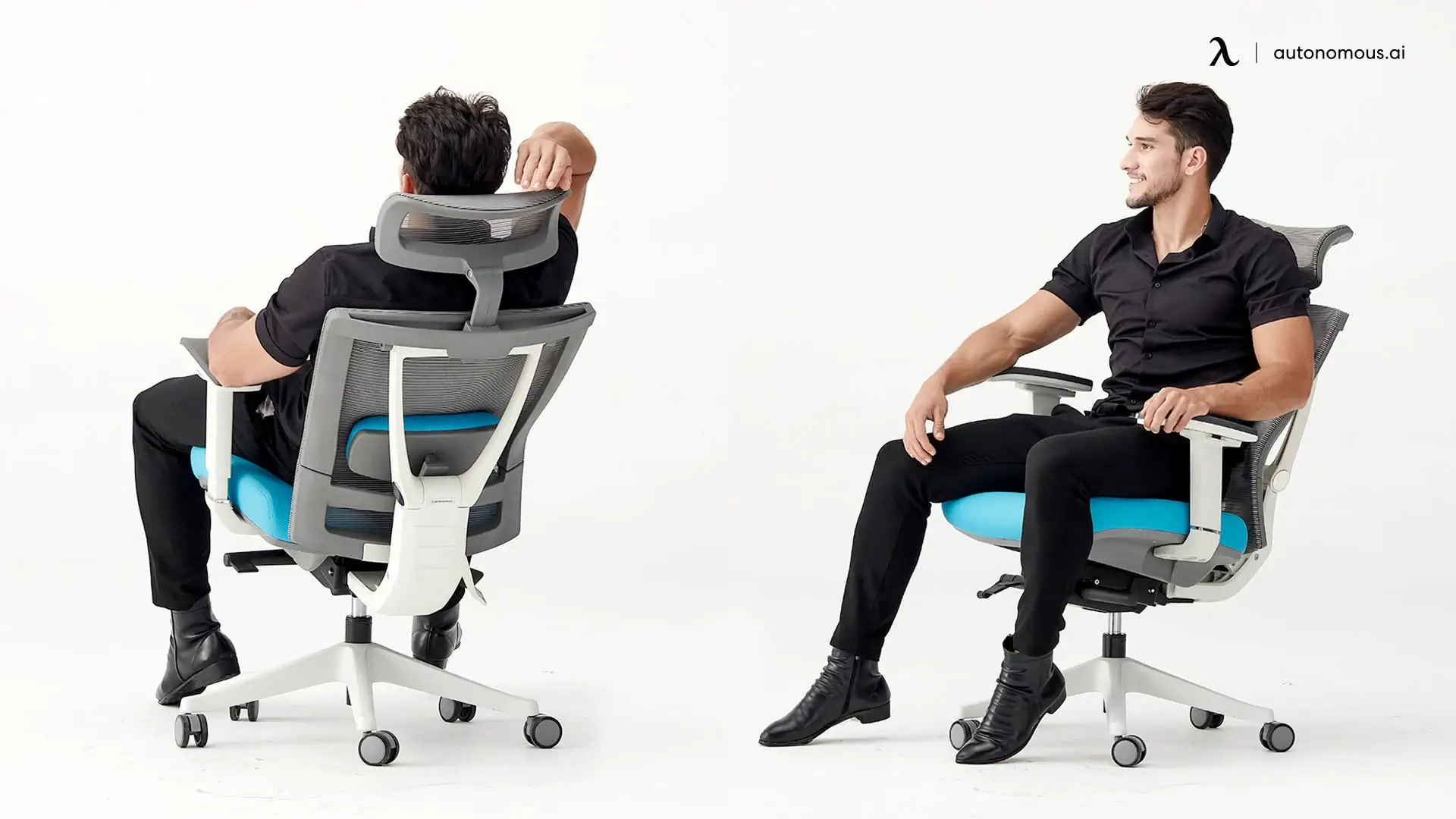
6. How long do cheap office chairs last?
Cheap office chairs, often priced under $200, usually last 1 to 3 years. Their lighter frames, thinner padding, and shorter warranties reflect their limited durability.
7. How do you know when you need a new desk chair?
You need a new chair if it no longer supports your posture, the seat cushion feels flat, the base wobbles, or you consistently leave your desk with back or shoulder pain.
8. What is the life expectancy of an office chair?
The average life expectancy of an office chair is 7 to 8 years, though this varies by build quality, frequency of use, and maintenance.
9. How long do Herman Miller office chairs last?
Herman Miller office chairs are known for their durability and often last 12 to 15 years. Many come with extended warranties that guarantee long-term performance.
10. How long do La-Z-Boy office chairs last?
La-Z-Boy office chairs typically last 8 to 10 years with daily use. Their padded designs provide comfort but may require more upkeep compared to mesh alternatives.
11. How long do leather office chairs last?
Leather office chairs can last 10 years or more with proper care. Conditioning the leather regularly prevents cracking and helps it maintain its premium look and feel.
Conclusion
So, how long do office chairs last? On average, around 7 to 8 years, but the true answer depends on quality, usage, and care. A budget chair may give out in just a couple of years, while a well-maintained ergonomic model can serve you for over a decade.
Recognizing the early signs of wear and performing simple maintenance can significantly extend the life of your chair while safeguarding your comfort and productivity. If your chair is beginning to cause discomfort, there are several ways to fix an uncomfortable office chair that you can take to address it, from adjusting the seat height to adding cushions.
In cases where your chair breaks or certain components become damaged, repairs are usually an option. Many chairs come with replaceable parts, such as casters, arm pads, or even chair cylinders. Knowing how to fix a broken office chair can not only help you get more use out of your current one but also save you money and reduce waste.
In the end, investing in durability and maintenance is what ensures your workspace keeps working for you.
.svg)

